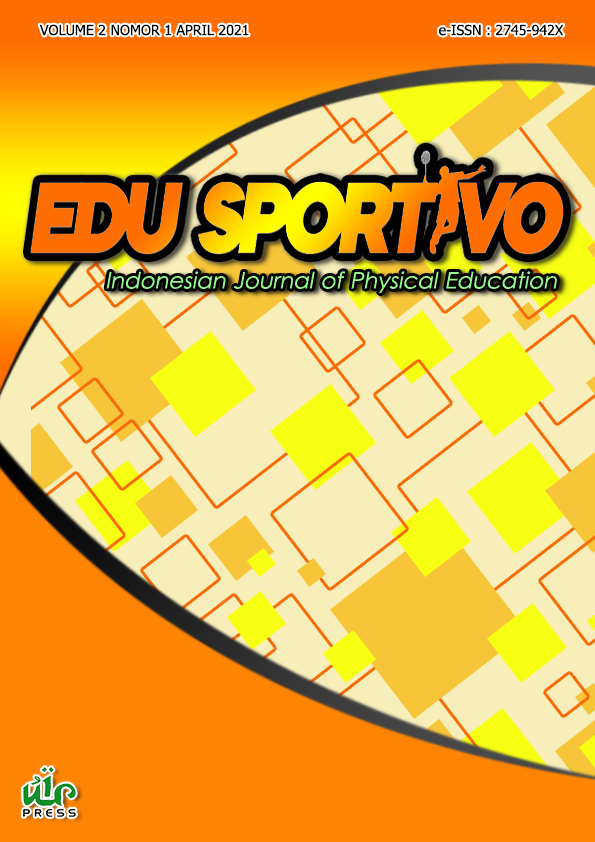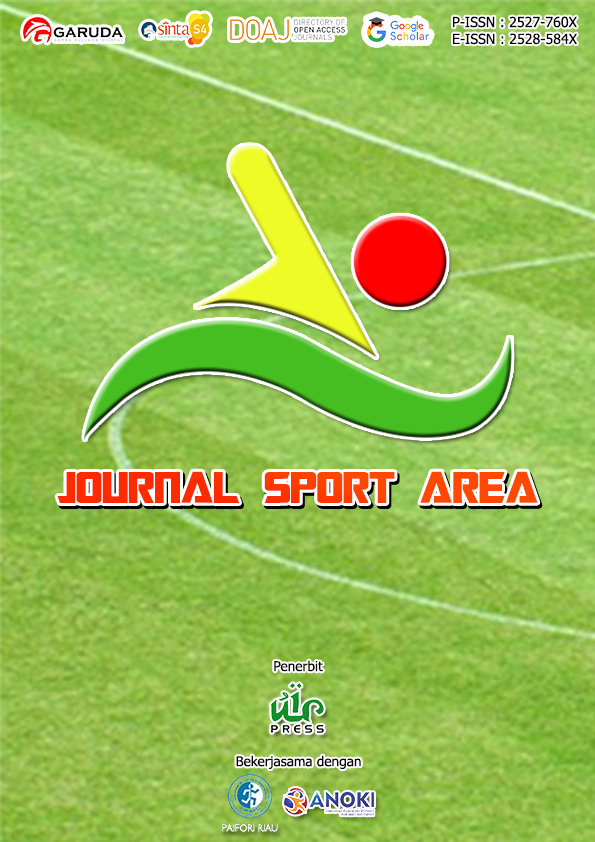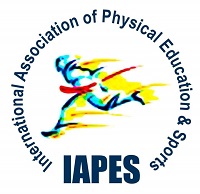Effects of instructional materials in multimedia computer-assisted instruction in teaching folk dance
Keywords:
Teaching folk dance, instructional material, multimedia computer-assisted instruction, demonstration method, performanceAbstract
This study aimed to determine the performance level of second year BPED students in teaching folk dance through multimedia computer-assisted instruction and demonstration methods. A quasi-experimental design was utilized. Sixty (60) students participated in the study with two intact heterogeneous classes. A validated researcher-made performance instrument was used to collect data. Descriptive statistics was utilized such as mean, standard deviation, and ANCOVA for the treatment of data. Findings in the pre-test revealed that the performance level of second-year BPED was “developing.” After employing MCAI, the group obtained a “proficient” level of performance in the post-test. The performance level of second-year BPED in the pre-test was “developing.” After employing the demonstration method, the group obtained a “proficient” performance level in the post-test. Students in demonstration method had significantly higher mean scores than those exposed to multimedia computer-assisted instruction. It can thus be concluded that the demonstration method is highly significant in enhancing the performance level of second-year BPED students in teaching folk dance. It was recommended among others that physical educators may conduct more studies related to the good quality of MCAI and may adopt the combination of MCAI and the demonstration methods in teaching folk dance.
Downloads
References
Basheer, A., Hugerat, M., Kortam, N., & Hofstein, A. (2017). The effectiveness of teachers’ use of demonstrations for enhancing students’ understanding of and attitudes to learning the oxidation-reduction concept. EURASIA Journal of Mathematics, Science and Technology Education, 13(3), 555–570. https://doi.org/10.12973/eurasia.2017.00632a
Daluba, N. (2013). Effect of demonstration method of teaching on students’ achievement in agricultural science. World Journal of Education 3(6): https://doi.org/10.5430/wje.v3n6p1
Devi, B., Khandelwal, B., & Das, M. (2019). Comparison of the effectiveness of video-assisted teaching program and traditional demonstration on nursing students learning skills of performing obstetrical palpation. Iranian Journal of Nursing and Midwifery Research, 24(2), 118. https://doi.org/10.4103/ijnmr.IJNMR_35_18
Druker, P. (2017). 5 Reasons Why Homework Is Bad for Your Child. Huffpost Press.
Ichsan, I. S., & Mulyani, S. W. (2018). Improving motor skills through demonstration method in recycling plastic waste. Indonesian Journal of Biology Education, 4(2), 189-194. https://doi.org/10.22219/jpbi.v4i2.5890
Moneim, D. A. (2014). The effects of multimedia computer-assisted instruction on learning basic ballet skills with physical education students. Physical Culture and Sport, Studies and Research 63(1), 36-40. https://doi.org/10-2478/pcssr-2014-0021
Priskila, M., Umamah, N., & Puji, R. P. M. (2018). Multimedia Based on Computer Assisted Instruction. Doctoral Dissertation, Florida State University. University Microfilms International, O.N 9234205
Ochagba, C. O, Ogide, C. J & Ogide, C. G. (2019). Effects of demonstration method on student’ academic performance in basic technology in secondary schools of Ogba/Egbena/Ndoni local government area, Rivers State, Nigeria. International Journal of Innovative Scientific & Engineering Technologies Research, 7(2), 28-32.
Ornstein, A. (1990). Strategies for effective teaching. Sage Journals of National Association of Secondary School Teachers, https://doi.org/10.1177/019263659007453028
Piaget, J. & Vygotsky, L. (2007). Mind in society: The development of higher psychological processes. Cambridge: Harvard University Press.
Seo, Y. J. & Woo, H. (2010). The identification, implementation, and evaluation of critical user interface design features of computer-assisted instruction programs in mathematics for students with learning disabilities. An International Journal for Computers and Education, 55 (1) 363-377. https://doi.org/10.1016/j.compedu.2010.02.002
Sezer, K. & Albay, M. (2018). Effective teaching and learning in higher education, with particular reference to the undergraduate education of professional engineers, International Journal of Engineering Education, 17(1), 24-29.
Shaoyan, M. D., & Yunijan, G. F. (2012). The effectiveness of computer-assisted instruction in teaching sport rules, scoring procedures, and terminology. Microform Publications Int. Institute for Sport and Human Performance. Univ. Of Oregon.
Viswasom, A., & Jobby, A. (2017) Effectiveness of video demonstration over conventional methods in teaching osteology in anatomy. Journal of Clinical and Diagnostic Research, 11(2), 9-12. https://doi.org/10.7860/JCDR/2017/24029.9429
Winter, J. (2016). Flipped learning in a middle school classroom: analysis of the individual and group learning spaces. University of Hawai'i at Manoa, ProQuest Dissertations Publishing, 10295989.
Published
How to Cite
Issue
Section
This is an open-access article distributed under the terms of the Creative Commons Attribution-ShareAlike 4.0 International License which permits unrestricted use, distribution, and reproduction in any medium. Users are allowed to read, download, copy, distribute, search, or link to full-text articles in this journal without asking by giving appropriate credit, provide a link to the license, and indicate if changes were made. All of the remix, transform, or build upon the material must distribute the contributions under the same license as the original.
Accepted 2021-04-12
Published 2021-04-19



.png)




















.png)







.png)





